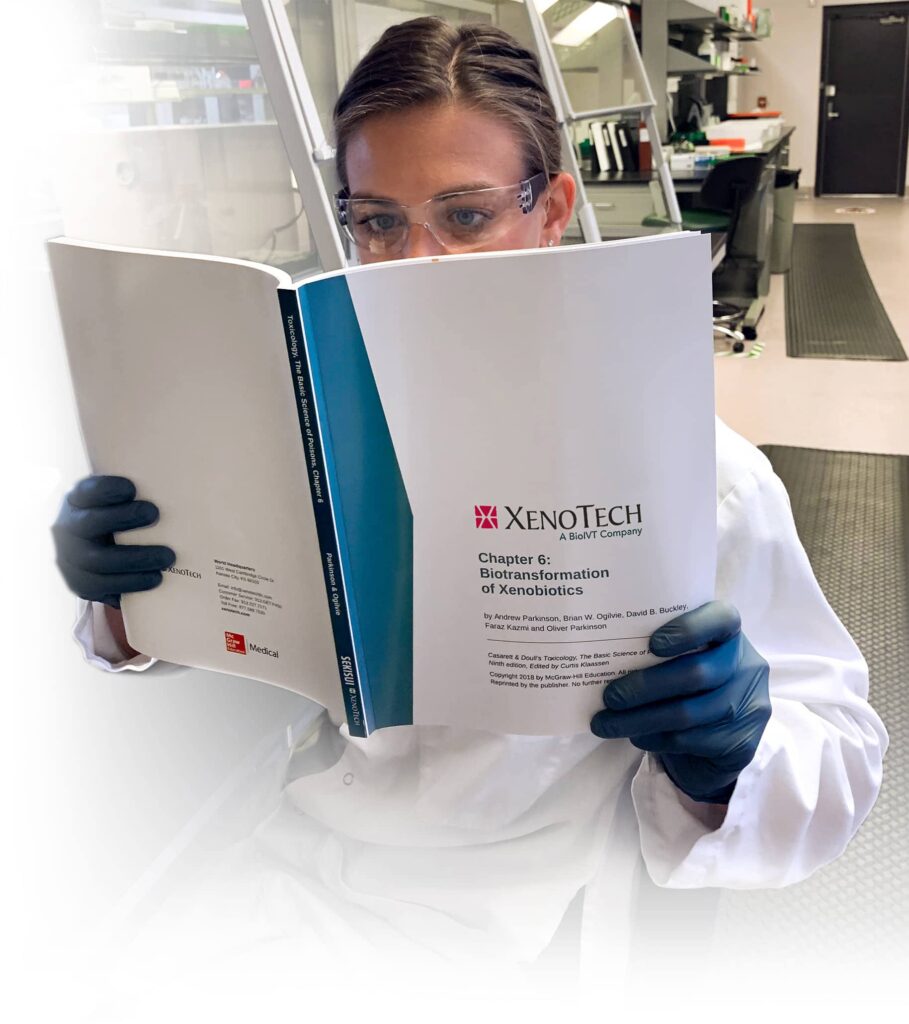
Microsomes and S9 Prepared from Renal Tissue Yield High CYP, FMO and UGT Activities that are Stable…
Presented at the JSSX/ISSX Meeting, Maui, HI October 2005. Abstracts published in Drug Metabolism Reviews, Vol. 37, Supplement 2
Full Title
Microsomes and S9 prepared from renal tissue yield high CYP, FMO and UGT activities that are stable over multiple freeze/thaw cycles
Authors
Terry D. Graves II, Zell W. Woodworth, Stephanie A. Helmstetter, Lisa A. Collins, Clayton J. M. Otwell, Tiffini N. Hensley, L. Anne Dwyer, Tiffin M. Ramsey, Jennifer A. Skibble, Oliver T. Parkinson, Phyllis Yerino, Kathleen M. Carroll, and Andrew Parkinson
Abstract
We have developed procedures to prepare microsomes and S9 fraction from the kidneys of humans, Cynomolgus monkeys, Beagle dogs and Sprague Dawley rats, and we have assessed selected CYP, FMO and UGT activity in pooled and, in the case of humans, individual preparations. These microsomal samples were analyzed for their ability to catalyze the 12-hydroxylation of lauric acid (a marker of CYP4A activity), the N-oxygenation of benzydamine (a marker of FMO activity), the N-demethylation of benzydamine (a marker of CYP3A activity) and the glucuronidation of 4-methylumbelliferone (a reaction catalyzed by several forms of UDP-glucuronosyltransferase). We have also established that renal microsomes and S9 fraction can be subjected to as many as 10 freeze/thaw cycles with little or no loss of CYP4A, UGT, or NADPH-cytochrome c reductase activity. These results suggest that our method for processing kidney tissue is well suited to preserving the enzymatic activity of renal microsomes and S9 fraction, such that these subcellular fractions can be used to assess the Phase 1 and Phase 2 metabolism of drugs in the kidney.